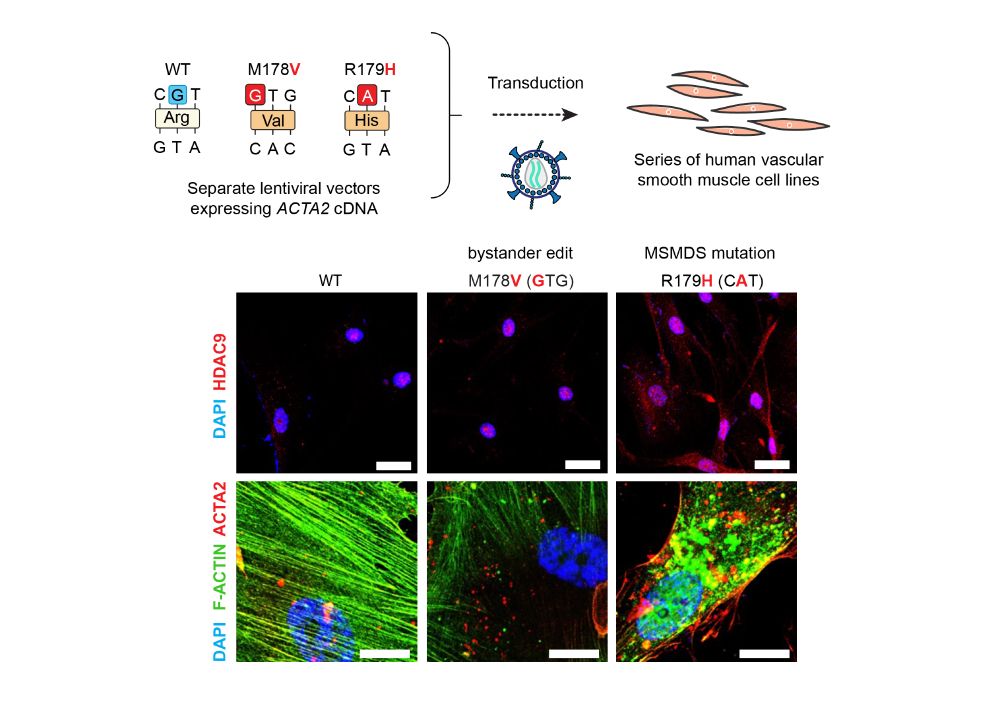Genome editing / Protein eng. / Molecular medicine 🇨🇦🧬
Kayden-Lambert MGH Research Scholar '23-28
- free link to our manuscript: rdcu.be/eFAEz
- MGH press release: www.massgeneralbrigham.org/en/about/new...
- coverage in Fierce Biotech: www.fiercebiotech.com/research/cus...
- coverage in Precision Medicine Online: www.precisionmedicineonline.com/regulatory-n...

- free link to our manuscript: rdcu.be/eFAEz
- MGH press release: www.massgeneralbrigham.org/en/about/new...
- coverage in Fierce Biotech: www.fiercebiotech.com/research/cus...
- coverage in Precision Medicine Online: www.precisionmedicineonline.com/regulatory-n...
🔧🧬 🚀
This was a wonderful collaboration and was funded by $$ from the NIH.
🔧🧬 🚀
This was a wonderful collaboration and was funded by $$ from the NIH.









Huge thanks to co-first authors Christiano Alves, Sabya Das, and Vijay Krishnan, and members from my group Leillani Ha, Hannah Stutzman, Lauren Fox, and others!
Huge thanks to co-first authors Christiano Alves, Sabya Das, and Vijay Krishnan, and members from my group Leillani Ha, Hannah Stutzman, Lauren Fox, and others!
www.nature.com/articles/s41...

